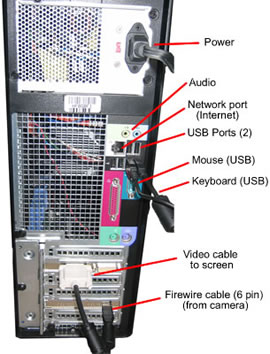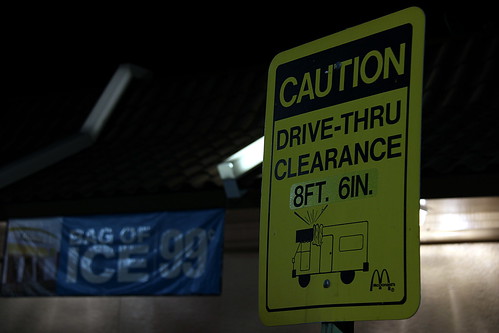The concept of Poka-Yoke was first introduced by Dr. Shigeo Shingo in the 1960’s. The term “poka-yoke” literally means avoiding (yokeru) mistakes (poka). Although typically applied to the manufacturing industry, poka-yoke concepts can also be applied to the office environment, hospitals, service-sector industries, and any process where there is the potential for a defect to reach the customer.
Poka-yoke distinguishes between defects and mistakes. A defect is an error in a process that continues through until it reaches the customer. A mistake on the other hand, can be detected and corrected immediately. Poka-yoke seeks to eliminate defects at the source, when mistakes are made.
There are three types of poka-yoke that are used to detect errors:
- Contact: Identifies a defect through a physical attribute such as size, shape, color, or weight
- Fixed-value: Ensures that a certain number of movements are made during the process
- Motion-step: Determines whether or not only prescribed steps are completed
Additionally there are two types of poka-yoke that are used to prevent errors:
- Warning: Alerts the operator before a mistake is made
- Control: Prevents a mistake from being made
Examples of poka-yoke can be found anywhere you look. For instance, the cords between your computer and your monitor, keyboard, mouse, and outlet all have different plugs. This is an example of the contact method. Only the correct cord can be plugged in to the correct outlet.
http://siliconcoach.com/support/wp-content/uploads/2008/07/back_of_computer_web.jpg
An example of the fixed-value method would be assembling a part with some nuts and bolts. With the fixed-value method, the exact number of nuts and bolts required is available to the worker. If anything is left over after the worker has assembled the part, then right away a mistake is detected because somewhere a bolt is not being used on the part.
A final example that combines the contact and warning method is the clearance bar that is seen above any drive-thru. If a vehicle is too tall, then contact will be made with the bar warning the driver that their vehicle will not fit through the drive-thru.


